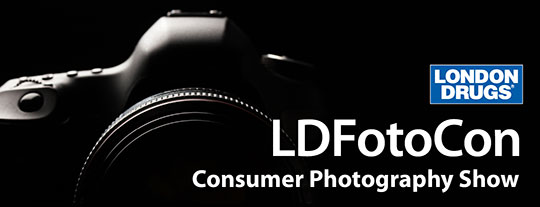Studio portraits capture people at their very best—bright eyes, luminous skin, and gorgeous details that bring out the unique personality of each person. Professional photography studios carefully control their lighting using a few basic principles. With a little planning and some strategic purchases, you can quickly set up your own temporary studio and take gorgeous portraits of your loved ones.
Studio Lighting Basics
When you look beyond the high tech equipment, a professional photography studio is simply a space with well-controlled lighting. Each lighting element has a specific purpose.
The main light
Placed above the subject and at an angle, the main light is the primary source of illumination. These lights often have an umbrella behind them to help direct the beams at the subject.
Your ideal main light will be strong, yet diffuse, the indoor equivalent of a cloudy daytime shot. You may have a room with a lot of natural light, or you can use an artificial light like a very bright lamp or a studio lighting kit. Quick to set up and simple to use, a studio light can give you the freedom to photograph in any room, at any time of day.
The fill light
A strong main light will create harsh shadows on the face, so studios will use a soft fill light to illuminate the dark side of the face. There are some tricks you can use at home to get the same effect.
Try using a soft box on your main light. A soft box diffuses the light rays through a large, softening surface area. There will be fewer harsh shadows on your subject’s face, reducing the need for a fill light.
Instead of a fill light, use a reflector. A reflector can be any flat, white surface that is angled to bounce the main light onto the shadow side of the face. You can use a large piece of white cardboard or foam core. Professional reflectors are collapsible and come with different surfaces that will subtly change the colour tones of the reflected light.
The back light
Shadows on the backdrop will distract from the portrait, so studios illuminate the backdrop as well. You can do this with small lights angled upward against the backdrop, or you can move your subject away from the backdrop. This larger distance will cast the shadows out of the frame. Take some test shots to find the perfect set up.
Tips and Tricks
Focus on the eye—Always focus on the pupil of the eye. This is the sharpest feature on the face, and will ensure a clear, bright-eyed portrait.
Shoot with a wide aperture—A wide aperture gives you a shallow depth of field. This means your subject will be in focus, with the background pleasantly blurred.
Use a tripod—For clear, sharp portraits, a tripod is essential. Knowing the location of your camera will allow you to precisely control lighting and other visual elements. You will also eliminate handshake, which happens to the surest of photographers.
Consider your backdrop—There are very few places in a home that have both an attractive, distraction-free backdrop and perfect lighting. We recommend finding your best lighting conditions, and adding a simple backdrop that will not compete with the portrait. This can be as simple as a smooth white sheet hanging against the wall. You can also purchase a portable backdrop frame that can expand to 9’ wide by 12’ high, perfect for group portraits. Use your own fabric or paper backdrop, or purchase them ready-made.
Shoot in RAW—Portraits are perfect for shooting in RAW. You can carefully manage white balance and exposure on your computer. Since your lighting conditions will be exactly the same in any given photo shoot, you will be able to correct the white balance for all your shots in one batch.
London Drugs can help you find the best home studio products for your needs. Drop by our Camera Department and our LDExperts can help you out.












